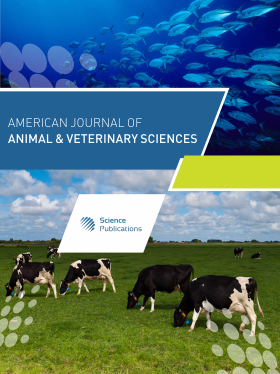Effects of Hyperoxia on Brain Tissue Oxygen Tension in Non-Sedated, Non- Anesthetized Arctic Ground Squirrels: An Animal Model of Hyperoxic Stress
- 1 University of Alaska Fairbanks, United States
Abstract
Arctic Ground Squirrels (AGS) are classic hibernators known for their tolerance to hypoxia. AGS have been studied as a model of hypoxia with potential as a medical research model. Problem statement: Their unique resistance to the stressors of low oxygen led us to hypothesize that AGS might also be adaptable to hyperoxia. Approach: This study examined the physiological pattern associated with hyperoxia in response to brain tissue oxygen partial pressure (PtO2), brain temperature (Tbrain), global oxygen consumption (VO2) and respiratory frequency (fR) using non-sedated and nonanesthetized Arctic Ground Squirrels (AGS) and rats. Results: We found that 1) 100% inspired oxygen (FiO2) increased the baseline values of brain PtO2 significantly in both summer euthermic AGS (24.4 ± 3.6-87.3 ± 3.6 mmHg, n=6) and in rats (18.2 ± 5.2-73.3 ± 5.2 mmHg, n = 3); PtO2 was significantly higher in AGS than in rats during hyperoxic exposure; 2) hyperoxic exposure had no effect on brain temperature in either AGS or rats, with the brain temperatures maintaining constancy before, during and after 100% O2 exposure; 3) systemic metabolic rates increased significantly during hyperoxic exposure in both euthermic AGS and rats; moreover, VO2 were significantly lower in AGS than in rats during hyperoxic exposure; 4) the respiratory rates for rats were maintained before, during and after 100% O2 exposure, while the respiratory responding patterns to hyperoxic exposure changed after exposure in AGS. AGS fR was significantly lower after hyperoxic exposure than before the exposure. Conclusion: These results suggest that hyperoxic ventilation induced PtO2 and VO2 differences between AGS and rats and led to altered respiratory patterns between these species. AGS and the rat serves as an excellent comparative model for hypoxic and hyperoxic stress studies of the brain.
DOI: https://doi.org/10.3844/ajavsp.2011.7.17

- 6,940 Views
- 5,971 Downloads
- 0 Citations
Download
Keywords
- Brain temperature
- ground squirrels
- brain tissue
- oxygen partial pressure
- respiratory frequency
- body mass
- temperature correction
- barometric pressure
- cannula implantation
- systemic oxygen
